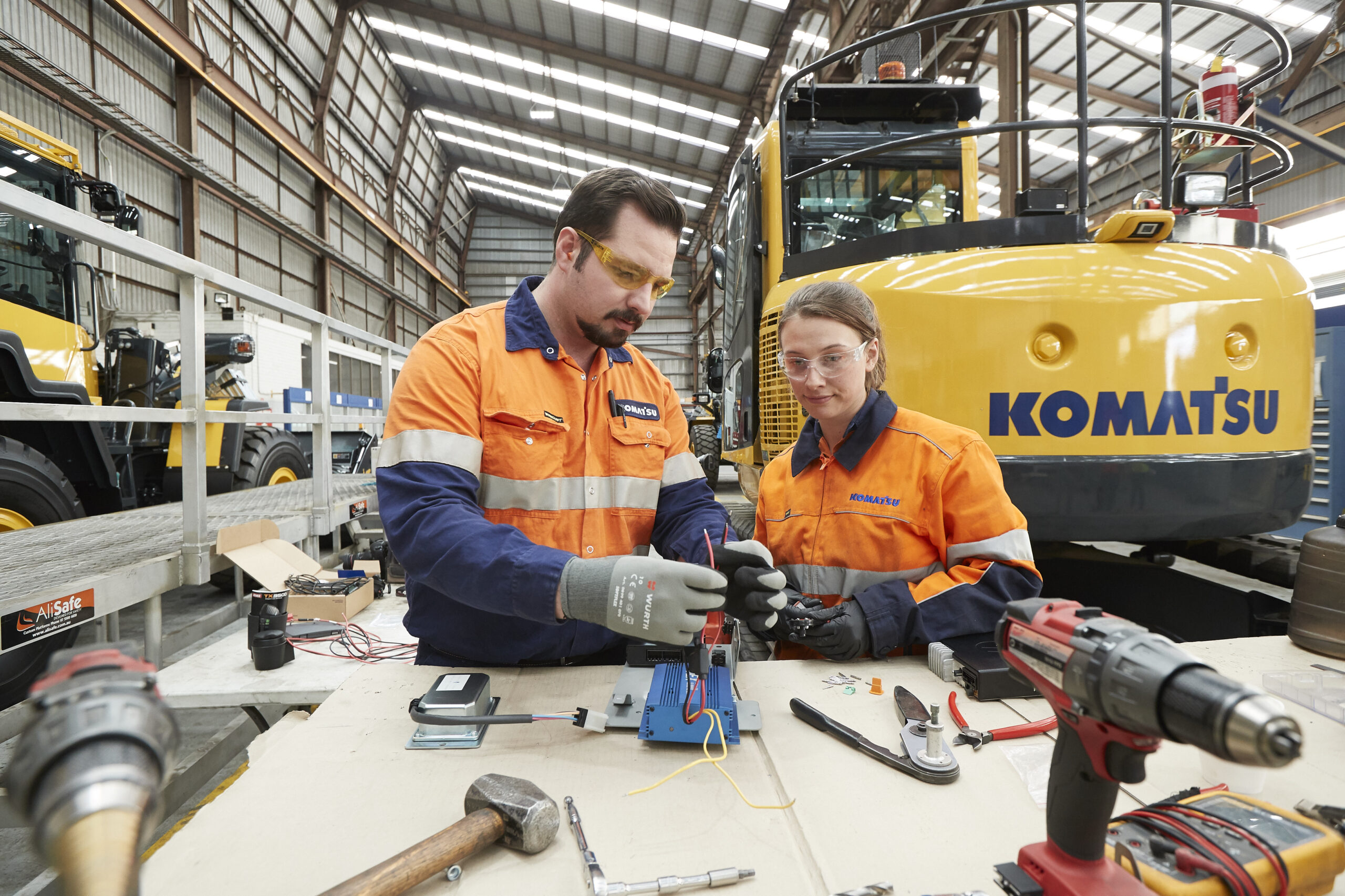Applying appropriate plant selection criteria weightings to each new purchase makes the task of fleet selection easier for busy managers. And while the method has become increasingly popular to wrap better selection criteria around the decision-making process, the actual criteria weightings often vary greatly between councils.
Fleet Management Officer for the City of Armadale, John-Paul Berry, shared his scoring criteria when going out to request for quotes for large and heavy plant. These are:
Specifications: 50%
- Meets or exceeds specifications
- Additional / bonus options
- Safety features
- Driver comfort
- Technology features
Maintenance and services support: 30%
- Service details/intervals
- Warranty period
Supply of goods: 20%
- Delivery schedule
- Location of asset
- Delivery date
According to IPWEA Fleet Director Rob Wilson, sound practice in procurement requires a ‘best value’ approach, which means considering more than the price tag.
Instead, organisations need to consider how an acquisition meets policy requirements such as environment and safety. Operational factors such as fitness-for-purpose and serviceability must also be taken into account, says Wilson.
“These need to be assessed while balancing the whole-of-life cost of the asset – that is, the cost to hold and operate an asset over its intended life,” Wilson explains. “By applying a broad-based assessment through a multi-criteria weighted scoring model, the organisation will be well placed to acquire assets that best meet their needs.
“By using a risk-based approach, you can bring a broader range of considerations into the decision and provide a rational, robust and justifiable basis for asset replacement.”
Organisations also often add details such as delivery dates, warranties, specifications and operational requirements into tender documentation to ensure these criteria are met prior to evaluation taking place. The maintenance aspect may be excluded from the criteria weightings if the organisation has an in-house maintenance department.

Detailing this information systematically into tender documents each time means decisions are made on the total life costing of the asset and expediates the procurement process.
A whole-of-life cost calculator is available for IPWEA fleet subscribers. The cost calculator:
- Calculates the WOL Cost for a single asset or group of assets
- Calculates hire rates and depreciation recovery rates
- Undertakes a Best Value Analysis
- Provides a WOL and BVA comparison report
Click here for more information.














